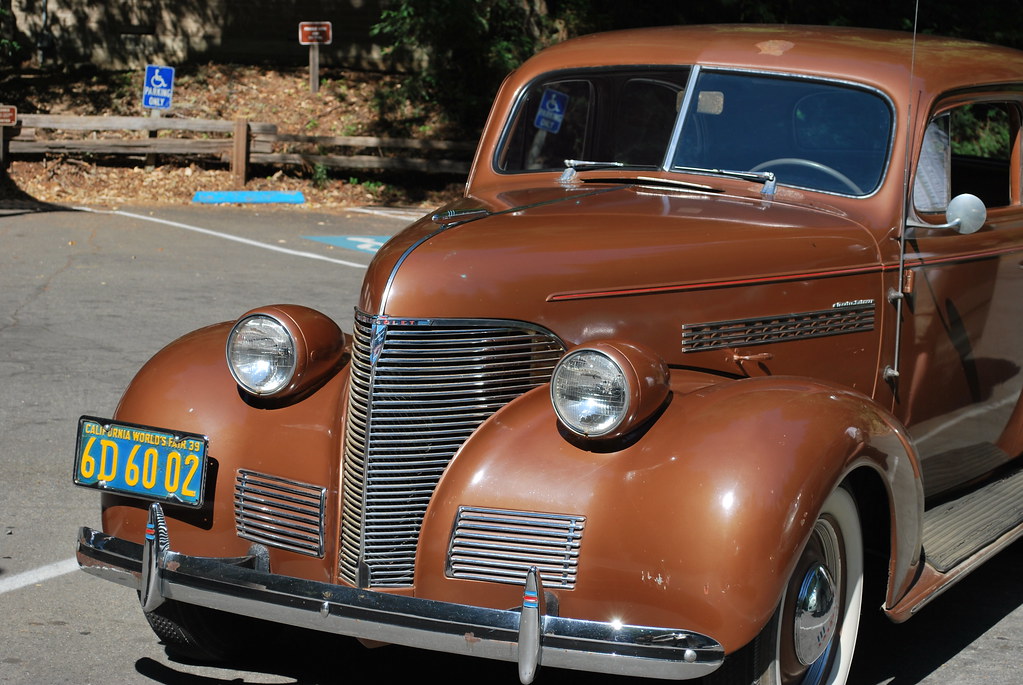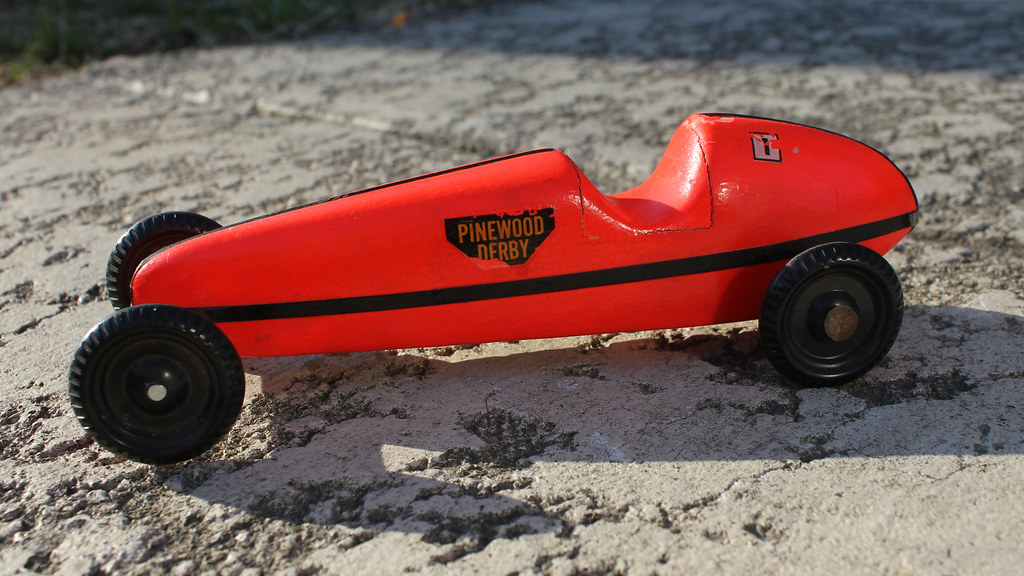
Purchasing a new vehicle is one of the most significant investments many consumers make, often second only to buying a home. While the initial sticker price is a major consideration, savvy buyers understand that the true cost of car ownership extends far beyond the dealership lot. Over time, maintenance and repairs can add up to thousands, even tens of thousands, of dollars, transforming what was once a gleaming new ride into a financial drain—a ‘money pit,’ as it’s often called.
Indeed, some cars are renowned for their longevity and low maintenance costs, with the trusty Honda Civic often cited as a prime example, still seen reliably on roads even after two decades. However, an alarming number of popular models, particularly those that boast luxury, high performance, or advanced technology, can quickly become budget-busting propositions once they cross the 100,000-mile mark or reach their fifth year of ownership. These vehicles demand a deep dive into their long-term reliability and the true cost of keeping them running.
This article aims to provide consumers with critical, data-driven insights into 15 specific car models that, according to industry experts and comprehensive surveys, are likely to incur substantial maintenance expenses over their lifespan. Drawing upon independent testing, research, and expert analyses, we highlight the most common and costly issues drivers can expect, empowering you to make informed decisions and avoid the financial pitfalls associated with high-maintenance vehicles. Our goal is to equip you with the knowledge to select a car that aligns not only with your immediate needs but also with your long-term financial health.
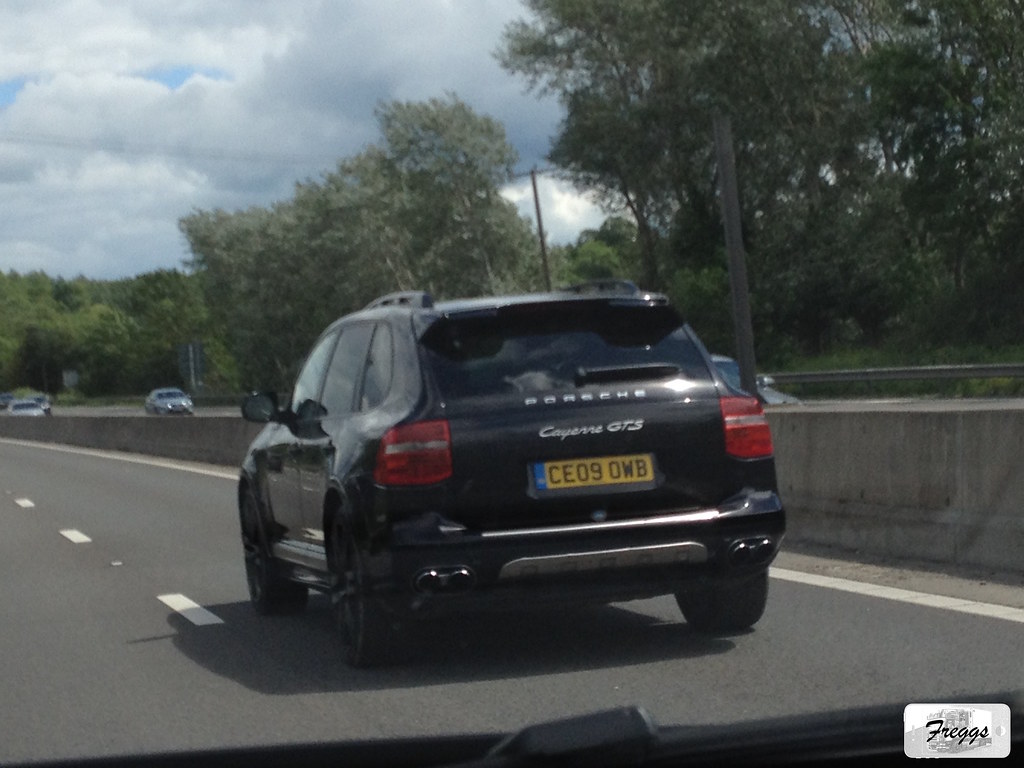
1. **Porsche Cayenne**
The Porsche Cayenne is undoubtedly a visually striking SUV, combining performance with a luxurious badge. However, its aesthetic appeal often belies a darker truth concerning its long-term upkeep. According to auto mechanic Alan Gelfand, who owns German Car Depot, the allure of performance parts quickly fades when the repair bills start to arrive. He specifically points to a combination of these specialized components and the elevated labor expenses as the primary drivers of its expensive maintenance profile.
Owners of the Cayenne frequently encounter recurring and costly problems. Gelfand highlights common issues such as failures in the engine cooling pipes, which are critical for preventing overheating and can lead to extensive engine damage if not addressed promptly. Driveshaft issues are another prevalent concern, requiring intricate and costly repairs to restore the vehicle’s power delivery and handling integrity. Furthermore, expensive brake repairs are a consistent feature of Cayenne ownership, a direct consequence of the vehicle’s high-performance design demanding robust stopping power.
These individual repair points coalesce into a significant financial burden for owners. The specialized nature of the parts, coupled with the necessity for highly skilled technicians familiar with Porsche engineering, means that even routine fixes can quickly escalate into substantial outlays. This is not an isolated observation; Consumer Reports, an authoritative source for consumer product reviews, has ranked Porsches as the second most expensive car brand to maintain, surpassed only by Land Rover. This ranking underscores a systemic pattern of high maintenance costs across the brand’s lineup, with the Cayenne being a prime example of this expensive reality.
For prospective buyers, the Cayenne presents a clear dilemma: the thrill of a performance SUV comes hand-in-hand with an expectation of high ongoing costs. The combination of high-tech components, specific engineering requirements, and the premium associated with the Porsche brand ensures that keeping a Cayenne in pristine condition will always be a pricey endeavor, making it a car that demands a significant financial commitment beyond its initial purchase price.
Car Model Information: 2016 Porsche Cayenne Turbo S
Name: Porsche Cayenne
Manufacturer: Porsche
Production: August 2002–present
ModelYears: 2003–present
Class: crossover SUV
Layout: Front-engine, four-wheel-drive
Categories: 2010s cars, 2020s cars, All-wheel-drive vehicles, All articles needing additional references, All articles with dead external links
Summary: The Porsche Cayenne is a series of automobiles manufactured by the German company Porsche since 2002. It is a luxury crossover SUV, and has been described as both a full-sized and a mid-sized vehicle. The first generation was known within Porsche as the Type 9PA (955/957) or E1. It was the first V8-engined vehicle built by Porsche since 1995, when the Porsche 928 was discontinued. It is also Porsche’s first off-road variant vehicle since its Super and Junior tractors of the 1950s, as well as the first production Porsche with four doors. Since 2014, the Cayenne has been sold alongside a smaller Porsche SUV, the Macan.
The second-generation Cayenne (Type 92A or E2) was unveiled at the 2010 Geneva Motor Show in March. The Cayenne shares its platform, body frame, doors, and electronics with the Volkswagen Touareg and Audi Q7. It received a facelift in 2014 with minor external changes, and introduced a new plug-in E-Hybrid version with its public launch at the Paris Motor Show. Since 2008, all engines have featured direct injection technology. The third generation (Type 9YA or E3) was unveiled in 2017 in the German city of Stuttgart.
Get more information about: Porsche Cayenne
Buying a high-performing used car >>>
Brand: Porsche Model: Cayenne
Price: $44,365 Mileage: 81,796 mi.
Read more about: Unearthing the Unsung: Off-Road Hidden Gems That Deserve Your Attention
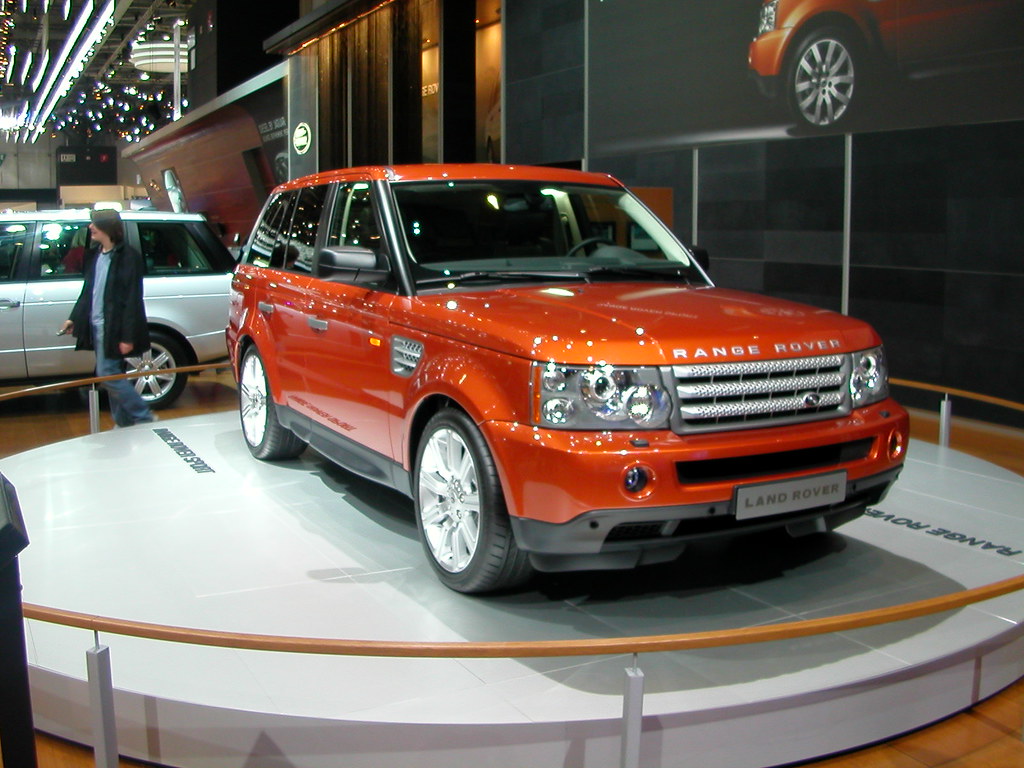
2. **Land Rover Range Rover**
The Land Rover Range Rover is celebrated for its distinctive blend of rugged off-road capability and sumptuous luxury interiors, making it a coveted choice for many. Yet, this harmonious combination often comes with a significant caveat: a notorious reputation for requiring extensive and expensive time in the repair shop. While initially thrilling, the experience can quickly turn frustrating when the vehicle spends an inordinate amount of time undergoing repairs, sometimes up to six months out of the year.
Marc Skirvin, who specializes in repairing older vehicles at Cash Auto Salvage, sheds light on one of the most problematic and costly components: the air suspension system. He notes that a failed air suspension system is an almost inevitable repair for nearly every Range Rover after it crosses the 100,000-mile threshold, with the fix alone costing an estimated $4,000. This single, critical repair highlights a systemic issue where advanced systems, while enhancing the driving experience, become financial liabilities over time.
Beyond specific component failures, the overall cost of maintaining a Range Rover is inflated by the scarcity and high prices of its repair parts. Unlike more common vehicles, Land Rover parts are often proprietary and less readily available, driving up both the cost of the parts themselves and the labor required to source and install them. This limited availability means less competition and higher prices for essential components, directly impacting the owner’s wallet. The vehicle’s complexity also necessitates specialized service from certified technicians, further elevating labor costs.
The long-term financial implications are stark. CarEdge, a respected source for automotive cost analysis, has estimated the average cost of repairs for a Range Rover over the first ten years of ownership at a staggering $20,136. This figure serves as a sobering reminder that the Range Rover, despite its luxury and capability, demands a substantial financial commitment that extends well beyond its initial purchase. Its reputation for reliability issues means unexpected and expensive repairs are all too common, requiring owners to brace for significant financial outlays throughout the vehicle’s life.
Car Model Information: 2025 Hyundai PALISADE Calligraphy Night Edition
Caption: 2022 Range Rover SE P440e (L460, fifth generation, United Kingdom)
Aka: unbulleted list
Name: Range Rover
Manufacturer: unbulleted list
Production: 1969–present
Assembly: unbulleted list
Class: unbulleted list
Layout: Front-engine, four-wheel-drive layout
Sp: uk
Categories: 1980s cars, 1990s cars, 2000s cars, 2010s cars, 2020s cars
Summary: The Land Rover Range Rover, generally shortened to Range Rover, is a 4WD luxury mid to full size crossover marque and sub-brand of Jaguar Land Rover, owned by India-based Tata Motors. The Range Rover line was launched in 1970 by British Leyland and since 2022 is in its fifth generation.
Additional models have been launched under the Range Rover name, including the Range Rover Sport, Range Rover Evoque, and Range Rover Velar.
Get more information about: Range Rover
Buying a high-performing used car >>>
Brand: Land Rover Model: Range Rover
Price: $48,755 Mileage: 4,184 mi.
Read more about: Unlocking Lasting Stardom: Simple Steps Celebrities Mastered to Stay Relevant for Decades
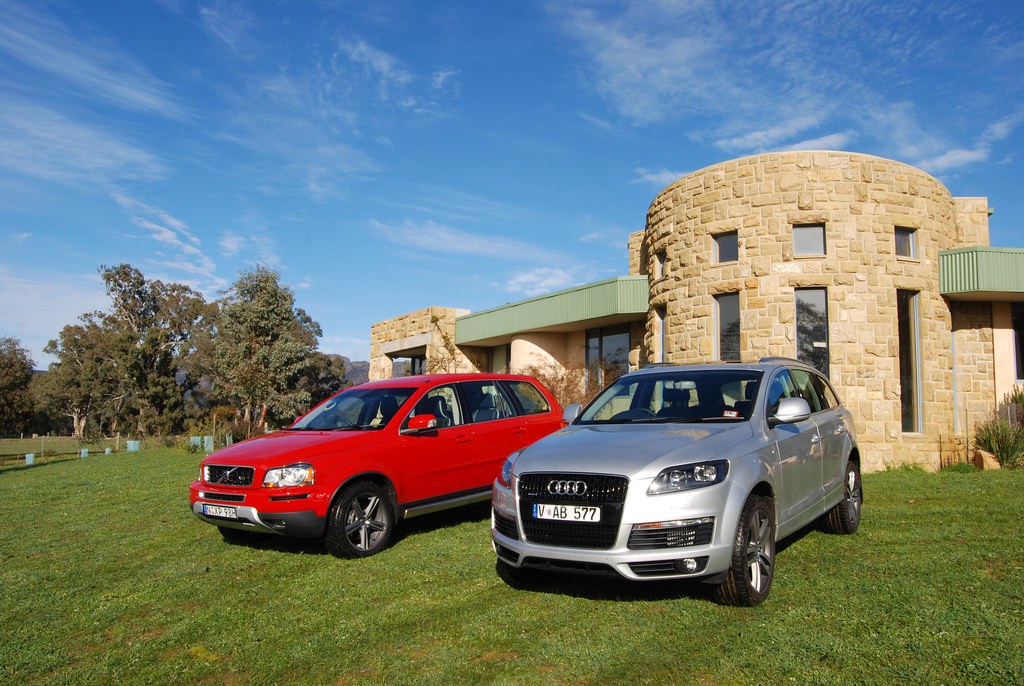
3. **Audi Q7**
The Audi Q7 stands as another prominent example of a luxury SUV that, while offering a comprehensive suite of cutting-edge technologies, ultimately proves expensive to maintain. Its appeal lies in its sophisticated features and refined driving experience, yet these very attributes contribute significantly to its long-term cost of ownership. The underlying issue, as pointed out by seasoned mechanics, is rooted in a philosophy of “over-engineering.”
Marc Skirvin, a mechanic who frequently works on German cars, vividly expresses his frustration with this trend, stating that “German cars are the perfect example of what’s wrong with over-engineering.” He explains that manufacturers, including Audi, often replace relatively simple, robust mechanical components with more intricate electronic parts. While these electronic systems offer enhanced functionality and integration, they introduce a new layer of complexity and potential failure points that are far more difficult and costly to address than their mechanical predecessors.
When one of these sophisticated electronic components fails in an Audi Q7, owners cannot simply opt for a generic or aftermarket replacement. As Skirvin emphasizes, “You need the exact part from Audi.” This exclusivity means that parts are often expensive, with no competitive alternatives to drive down prices. Furthermore, the repair process is not as straightforward as a simple swap. He notes that “your local dealership needs to recode it with their proprietary equipment,” adding another layer of specialized labor and cost. This requirement for proprietary equipment and highly trained technicians ensures that even minor electronic glitches can lead to significant repair bills.
The financial data confirms this pattern of high expenses. According to CarEdge, the average maintenance cost for Audi Q7s over a ten-year period is estimated at $13,157. This substantial figure underscores the reality that the Q7’s advanced technology and complex engineering, while providing a premium driving experience, demand a premium in ongoing maintenance. Prospective buyers should be fully aware that owning an Audi Q7 involves a continuous financial commitment to sustain its sophisticated systems and address the inevitable failures that arise from its intricate design.
Car Model Information: 2020 Audi Q7 55 Prestige
Name: Audi Q7
Manufacturer: Audi AG
Production: November 2005–present
ModelYears: 2006–present
Class: Full-size,luxury SUV
BodyStyle: SUV
Layout: Longitudinal engine,front-engine, four-wheel-drive
Sp: uk
Categories: 2010s cars, 2020s cars, All-wheel-drive vehicles, All Wikipedia articles written in British English, All articles with dead external links
Summary: The Audi Q7 is a crossover SUV made by the German manufacturer Audi, unveiled in September 2005 at the Frankfurt Motor Show. Production of this seven-seater SUV began in November 2005 at the Volkswagen Bratislava Plant in Bratislava, Slovakia.
The Q7 was the first SUV sold by Audi and went on sale in 2006. Later, Audi’s second SUV, the Q5, was unveiled as a 2009 model. Audi has since unveiled a third SUV model, the Q3, which went on sale in the third quarter of 2011, and a fourth SUV model, the Q2, which went on sale in November 2016. The Q7 shares a Volkswagen Group MLB platform and chassis with the Bentley Bentayga, Lamborghini Urus, Porsche Cayenne and the Volkswagen Touareg.
The Q7 is the second largest vehicle from Audi, being surpassed by the Q6 since 2022. While the Q7 has been the flagship SUV in Audi’s product portfolio, a top-of-the-line model with a lower roof, called the Audi Q8, was released in 2018.
It was one of the vehicles involved in the Volkswagen emissions scandal, with the company ordered to buy back some of the affected cars manufactured between 2009 and 2012. The Q7 is also subject to hundreds of NTSB complaints with many relating to potentially catastrophic engine failure issues, and a class-action lawsuit related to squealing brakes.
Get more information about: Audi Q7
Buying a high-performing used car >>>
Brand: Audi Model: Q7
Price: $38,000 Mileage: 21,143 mi.
Read more about: Unearthing the Unsung: Off-Road Hidden Gems That Deserve Your Attention

4. **Mercedes-Benz S-Class**
Luxury sedans, epitomized by the prestigious Mercedes-Benz S-Class, are renowned for their opulent features, advanced technology, and unparalleled comfort. However, this high level of sophistication comes with an inherent financial responsibility when it comes to long-term maintenance. The six-figure price tag of an S-Class is merely the entry fee; keeping it running smoothly, especially as it ages, can incur substantial additional costs that often catch owners by surprise.
According to Alan Gelfand, a veteran auto mechanic, S-Class vehicles typically begin to exhibit significant and expensive issues once they surpass the 100,000-mile mark. He identifies three primary areas of concern that commonly plague these luxury sedans: Airmatic suspension systems, oil leaks, and advanced electronic system failures. The Airmatic suspension, designed to provide an incredibly smooth and adaptable ride, is particularly prone to costly malfunctions. Repairs to this system can be complex, requiring specialized parts and expertise, making it a major expense for owners.
Oil leaks, while seemingly a minor issue, can often indicate deeper problems within the engine or its intricate seals. Addressing these leaks effectively requires precise diagnostic work and often extensive labor, contributing to the overall high maintenance burden. Furthermore, the S-Class is brimming with cutting-edge electronic systems, from infotainment and driver-assistance features to engine management. As these systems age, they are susceptible to failures that necessitate specialized diagnostic equipment and proprietary parts, driving up repair costs significantly. The need for certified technicians to handle its complex systems further inflates the cost, as these professionals command premium rates for their specialized knowledge.
The financial impact of these issues is considerable. CarEdge estimates that the ten-year maintenance costs for an S-Class approach $13,000. It is crucial to note, however, that this figure does not even encompass potentially catastrophic transmission or engine repairs, which can easily add thousands more to the total. This means the stated estimate represents a minimum expectation, with the possibility of even higher expenditures for more extensive overhauls. For potential buyers, the S-Class represents a commitment not just to luxury, but to a continuous and substantial investment in its upkeep, particularly once it begins to accumulate significant mileage.
Read more about: Remember the Glory Days? 14 German Sedans That Were the Absolute Icons of Status and Executive Commute in the 2000s and Early 2010s
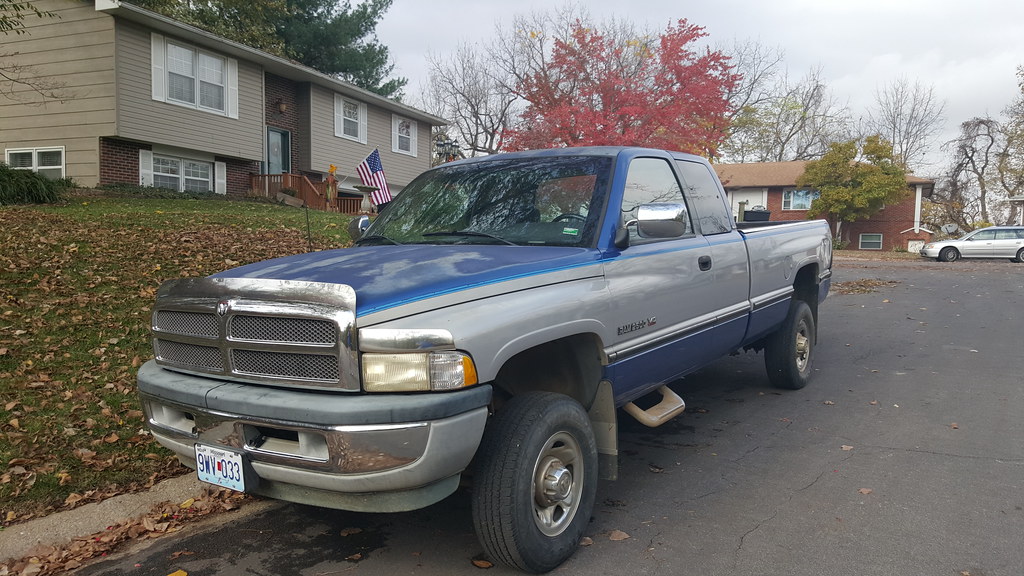
5. **Ram 2500**
While much of the discussion regarding expensive-to-maintain vehicles often centers on European luxury brands and high-performance sports cars, American pickups can also present significant financial challenges. The Ram 2500 serves as a stark reminder that even robust, non-luxury vehicles can become considerable money pits. In fact, CarEdge ranks the Ram 2500 as the most expensive non-luxury brand for repairs, estimating the ten-year cost of maintenance at a staggering $27,423, a figure that rivals, and even surpasses, many luxury counterparts.
Melanie Musson, an auto industry expert with AutoInsurance.org, explains that the high costs associated with the Ram 2500 stem from a combination of expensive parts and a disconcerting frequency of breakdowns. She points out that modern EPA guidelines and restrictions have significantly impacted the design and performance of Ram diesel engines. These engines are “outfitted with so many regulators that the engines can’t work the way they were designed,” leading to a cascade of operational problems. This regulatory burden, intended for environmental compliance, inadvertently creates vulnerabilities that manifest as costly repairs.
Specific component failures are common and expensive. Musson highlights that the fuel injectors often cease to function correctly, a critical issue for diesel engines that directly impacts performance and fuel efficiency. Furthermore, the transmission system in the Ram 2500 has a documented history of problems, which can lead to incredibly costly repairs or even complete replacements. Even fundamental systems like the power steering are not immune to failure, posing safety concerns and demanding immediate, expensive attention. These major mechanical issues represent significant financial blows to owners.
Beyond these substantial problems, Musson notes that poor reliability extends to a range of smaller, yet cumulatively expensive, repairs. Electrical issues with the windows and door locks are frequent occurrences, adding to the ongoing frustration and cost of ownership. The pervasive nature of these reliability problems, from major engine and transmission failures to minor electrical glitches, ensures that Ram 2500 owners often become regular visitors to their local mechanic. For those seeking a dependable and economical workhorse, the Ram 2500, despite its rugged image, necessitates a careful consideration of its significant long-term maintenance liabilities.
Car Model Information: 2025 RAM 2500 SLT
Name: Dodge Ram / Ram pickup
Caption: 2017 Ram 1500 Express
Manufacturer: Dodge
ModelYears: 1981–present
Production: October 1980 – present
Class: Pickup truck#Full-size pickup truck,Pickup truck#Heavy-duty pickup truck
Layout: Front-engine, rear-wheel-drive layout,rear-wheel drive
Predecessor: Dodge D series
Categories: 1990s cars, 2000s cars, 2010s cars, 2020s cars, All-wheel-drive vehicles
Summary: The Ram pickup (marketed as the Dodge Ram until 2010 when Ram Trucks was spun-off from Dodge) is a full-size pickup truck manufactured by Stellantis North America (formerly Chrysler Group LLC and FCA US LLC) and marketed from 2010 onwards under the Ram Trucks brand. The current fifth-generation Ram debuted at the 2018 North American International Auto Show in Detroit, Michigan, in January of that year.
Previously, Ram was part of the Dodge line of light trucks. The Ram name was introduced in October 1980 for model year 1981, when the Dodge D series pickup trucks and B series vans were rebranded, though the company had used a ram’s-head hood ornament on some trucks as early as 1933.
Ram trucks have been named Motor Trend magazine’s Truck of the Year eight times; the second-generation Ram won the award in 1994, the third-generation Ram heavy-duty won the award in 2003, the fourth-generation Ram Heavy Duty won in 2010 and the fourth-generation Ram 1500 won in 2013 and 2014, and the current fifth-generation Ram pickup became the first truck in history to win the award four times, winning in 2019, 2020, 2021 and most recently, 2025.
Get more information about: Ram pickup
Buying a high-performing used car >>>
Brand: Ram Model: 2500
Price: $42,900 Mileage: 112 mi.
Read more about: Inside Eddie Van Halen’s Dream Garage: 15 Iconic Cars Owned by the Rock Legend
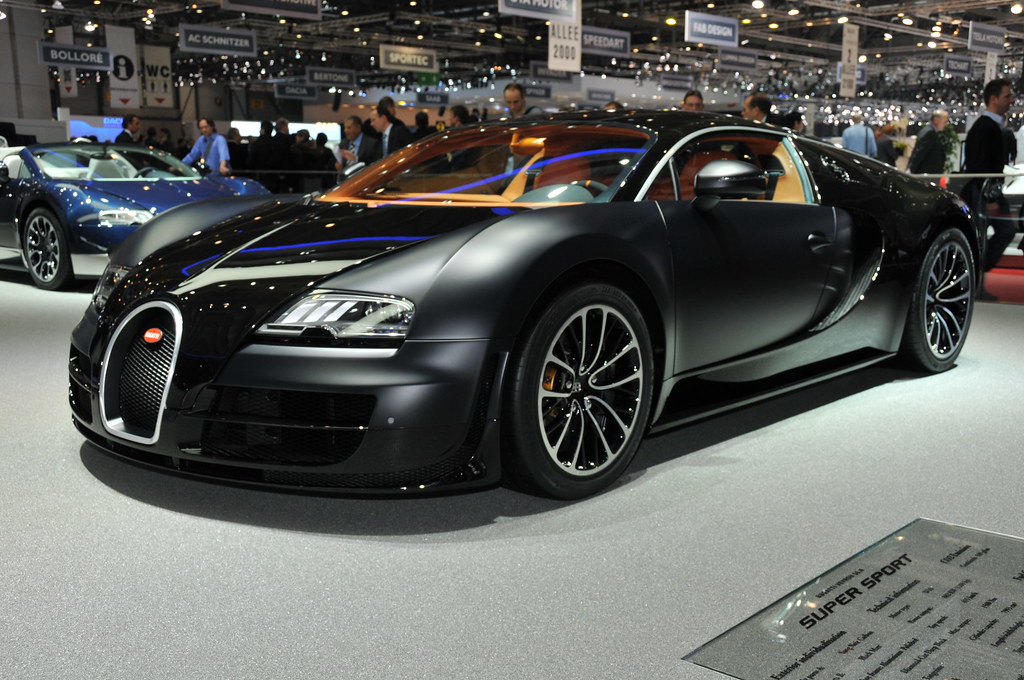
6. **Bugatti Veyron**
Owning a Bugatti Veyron is the ultimate statement of automotive extravagance, but it comes with a financial commitment that extends far beyond its multi-million dollar purchase price. Maintaining this hypercar is not just an ongoing expense; it’s an extraordinary financial endeavor that redefines the concept of a “money pit.” The sheer complexity and bespoke nature of the Veyron mean that even routine services are executed at an astronomical cost, making it a vehicle for which expense is almost limitless.
The most illustrative example of its exorbitant upkeep costs is its routine servicing. An oil change, a basic and relatively inexpensive task for most vehicles, can set a Veyron owner back by an astonishing $20,000. This figure is not an outlier but a reflection of the hypercar’s intricate design, which requires specialized tools, extensive labor, and the highest-grade materials. The service often involves removing body panels and accessing components that are buried deep within its sophisticated architecture, transforming a simple fluid change into a multi-day, highly specialized operation.
Equally staggering are the costs associated with its tires. The Veyron’s immense power, extreme speed capabilities, and specialized performance requirements necessitate custom-engineered tires. These aren’t merely expensive; they also have a remarkably short lifespan. Owners are typically required to replace the entire set of tires approximately every 2,500 miles, with each replacement costing around $30,000. This recurring expenditure means that merely driving the Veyron, even sparingly, incurs a massive ongoing cost, turning mileage into a direct measure of financial outlay.
The underlying reason for these astronomical costs lies in the Veyron’s engineering. Its 16-cylinder quad-turbocharged engine is a marvel of complexity, demanding meticulous care and specialized knowledge that few mechanics possess. The availability of qualified technicians is extremely limited, and parts are often custom-made or sourced from a highly exclusive supply chain. This combination of specialized parts, limited expert availability, and hyper-performance design ensures that every aspect of the Bugatti Veyron’s maintenance is a pricey endeavor, positioning it not just as an expensive car to maintain, but as a commitment to an unparalleled financial responsibility.
Read more about: From Sketchpad to Legend: The 14 Coolest Concept Cars That Almost Changed the Automotive World
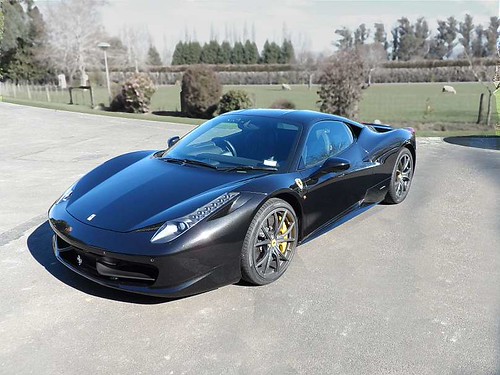
7. **Ferrari 458 Italia**
The Ferrari 458 Italia is a quintessential dream car for countless automotive enthusiasts, embodying Italian flair, blistering performance, and a visceral driving experience. However, the dream of ownership often clashes with the reality of its maintenance costs, which can be quite a shock to those unprepared for the financial demands of a high-performance exotic. The meticulous engineering required for its 4.5-liter V8 engine ensures that regular servicing is not just recommended, but absolutely essential, and it comes at a premium.
Standard services for the Ferrari 458 Italia often run into thousands of dollars, with typical costs hovering around $3,000 for a routine check-up. This is significantly higher than what one would expect for most luxury vehicles, reflecting the specialized tools, diagnostic equipment, and highly skilled labor required to maintain a car of this caliber. Every aspect of the service, from fluid changes to system checks, is meticulously carried out to ensure the car remains in peak condition, a necessity for a vehicle designed for extreme performance.
Beyond routine maintenance, certain components stand out for their particularly high replacement costs. The car’s carbon-ceramic brakes are a prime example. While offering exceptional stopping power and heat resistance, these advanced braking systems are an expensive component to replace, typically requiring an outlay of around $6,000. Given the high-performance nature of the 458 Italia, and the likelihood of enthusiastic driving, brake replacements can be a more frequent necessity than with standard cars, further adding to the cumulative maintenance burden.
The advanced electronics integrated into the 458 Italia, controlling everything from engine parameters to driver aids, also contribute significantly to its high upkeep costs. Should any of these sophisticated systems malfunction, diagnosing and repairing them demands specialized knowledge and proprietary equipment, leading to elevated labor and parts expenses. The exclusivity of Ferrari, coupled with its commitment to cutting-edge technology and exotic materials, means that every aspect of keeping this Italian stallion in peak condition is a substantial financial commitment. It’s a vehicle that provides an exhilarating experience, but demands deep pockets to sustain that thrill over time.
Navigating the automotive landscape requires a keen eye not just for performance and luxury, but also for the long-term financial commitment a vehicle demands. Having explored several notorious money pits, we now turn our attention to eight more high-performance and luxury models. These vehicles, while offering exhilarating experiences and cutting-edge technology, often come with an implicit contract for exorbitant maintenance costs, driven by their specialized engineering, advanced systems, and exotic components that inflate every aspect of their upkeep, repairs, and overall ownership expenses far beyond the showroom floor.
Car Model Information: 2025 Hyundai PALISADE Calligraphy Night Edition
Name: Ferrari 458
Aka: Ferrari 458 Italia,Ferrari 458 Speciale,Ferrari 458 Spider
Manufacturer: Ferrari
Production: 2009–2015
Assembly: Maranello
Designer: Donato Coco
Class: Sports car
BodyStyle: berlinetta,Convertible
Layout: Rear-engine, rear-wheel-drive layout
Engine: Ferrari F136 engine#Ferrari,V8 engine
Powerout: ubl
Abbr: on
Transmission: dual clutch transmission,automatic transmission
Wheelbase: 2650 mm
Length: 4527 mm
Width: 1937 mm
Height: 1213 mm
Weight: 3450 lb
Order: flip
Predecessor: Ferrari F430
Successor: Ferrari 488
Categories: 2010s cars, 24 Hours of Le Mans race cars, All articles with unsourced statements, Articles with hAudio microformats, Articles with short description
Summary: The Ferrari 458 Italia (Type F142) is an Italian mid-engine sports car produced by Ferrari. The 458 is the successor of the F430, and was first officially unveiled at the 2009 Frankfurt Motor Show. It was succeeded by the 488 GTB (Gran Turismo Berlinetta) in 2015.
Get more information about: Ferrari 458
Buying a high-performing used car >>>
Brand: Ferrari Model: 458 Italia
Price: $48,755 Mileage: 4,184 mi.
Read more about: Car Designers Confess: 14 Iconic Features We Long for in Modern Models
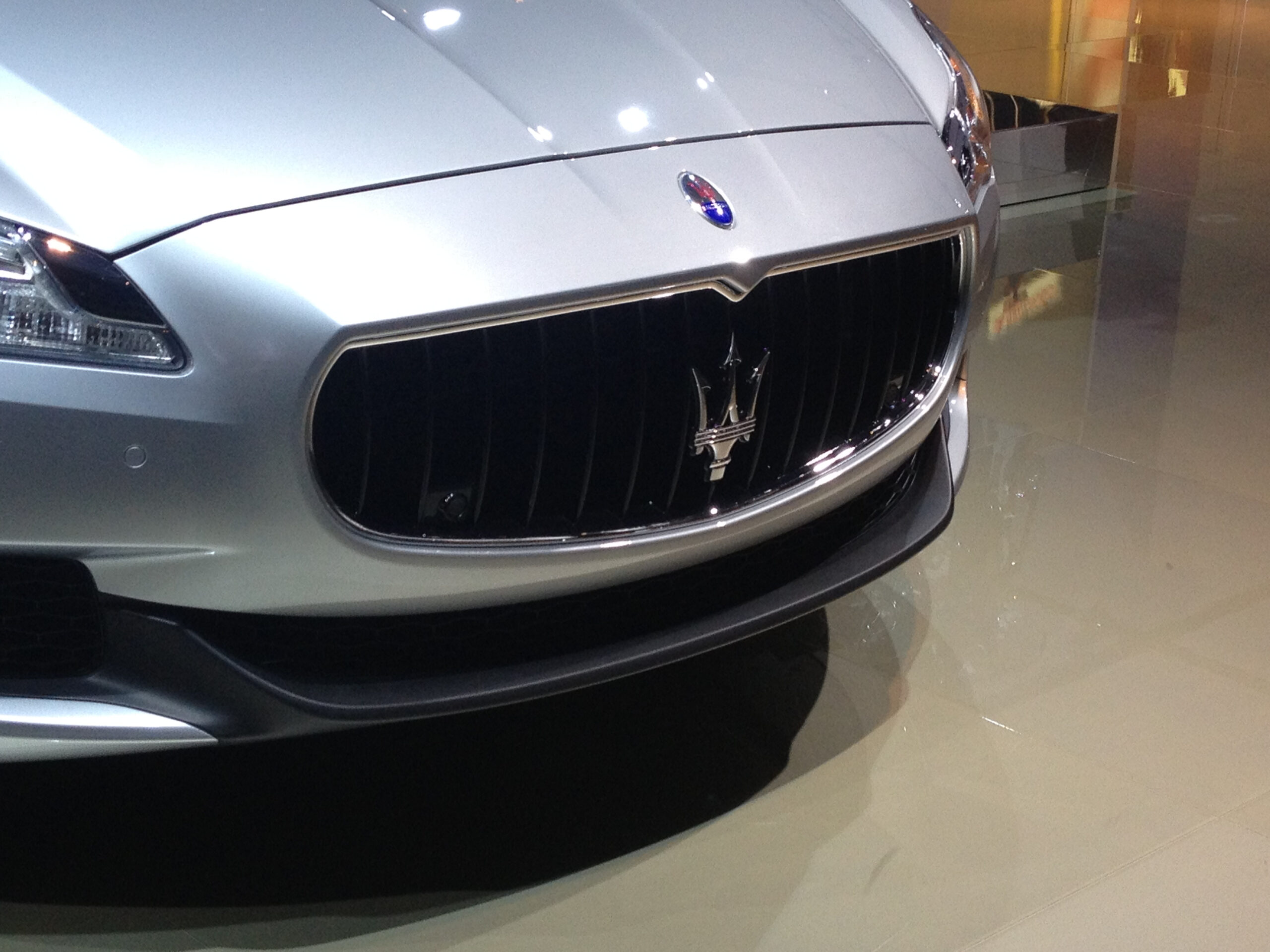
8. **Maserati Quattroporte**
The Maserati Quattroporte is a stunning blend of Italian luxury and potent performance, offering a driving experience that captivates. However, beneath its elegant exterior lies a reality that is far from economical when it comes to long-term maintenance. Owners often discover that the high-performance engines and sophisticated suspension systems inherent to the Quattroporte demand more frequent and, consequently, more costly attention than typical sedans.
One significant area of expense for Quattroporte owners is the braking system. Brake replacements alone can easily reach approximately $4,000, a figure that is substantially higher than the average cost for most vehicles. This elevated expense is a direct consequence of the specialized components required for a car designed to deliver such a high level of performance and luxury, ensuring robust stopping power matches its potent acceleration.
Furthermore, the Maserati Quattroporte is known to present reliability issues, meaning that unexpected repairs are not uncommon throughout its ownership. These unforeseen problems can rapidly escalate the cumulative cost of ownership, transforming an initial luxury purchase into a continuous financial drain. For prospective buyers, the Quattroporte undeniably offers prestige and exhilaration, but it distinctly requires deep pockets to sustain that experience beyond the initial purchase price.
Car Model Information: 2012 Maserati Quattroporte S
Name: Maserati Quattroporte
Caption: Maserati Quattroporte VI
Manufacturer: Maserati
Production: 1963–1969,1971,1974–1990,1994–2001,2003–2012,2013–2023
Assembly: Modena,Grugliasco,Turin
Class: Full-size luxury car
BodyStyle: Sedan (car)
Sp: uk
Categories: 1970s cars, 1980s cars, 1990s cars, 2000s cars, 2010s cars
Summary: The Maserati Quattroporte (Italian pronunciation: [ˌkwattroˈpɔrte]) is a four-door full-size luxury sedan produced by Italian automobile manufacturer Maserati. The name translated from Italian means “four doors”. The production of the sixth generation ended in late 2023, with the first generation introduced in 1963.
Get more information about: Maserati Quattroporte
Buying a high-performing used car >>>
Brand: Maserati Model: Quattroporte
Price: $12,980 Mileage: 82,851 mi.
Read more about: Maintenance Shame? 15 High-Cost Vehicles That Make People Pity Your Wallet Immediately
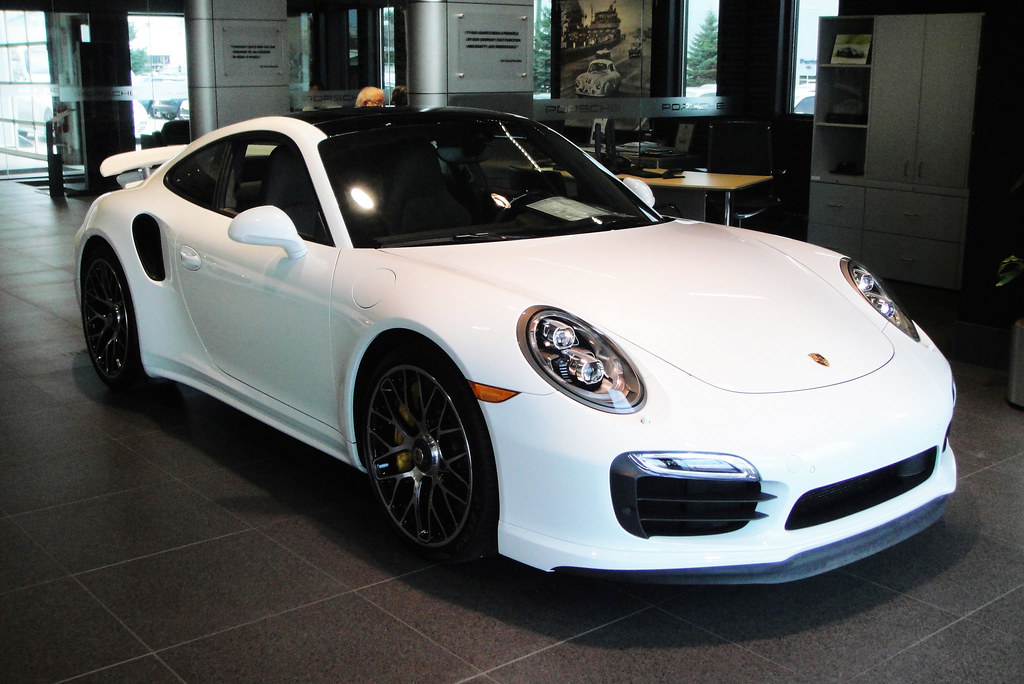
9. **Porsche 911 Turbo**
The Porsche 911 Turbo holds an almost legendary status, revered globally for its blistering speed, iconic design, and unparalleled handling. Yet, this pinnacle of automotive engineering comes with a significant and often surprising cost when it pertains to its long-term upkeep. The specialized nature of its twin-turbocharged flat-six engine necessitates regular and highly specialized attention, ensuring it maintains its peak performance.
Annual services for the 911 Turbo can frequently exceed $2,000, reflecting the meticulous care and expert knowledge required to maintain such a sophisticated powertrain. These aren’t just simple oil changes; they involve comprehensive checks and specialized adjustments that command premium rates, ensuring the car’s complex systems operate flawlessly.
Integral to the car’s performance are its advanced ceramic brakes, which, while offering phenomenal stopping power, represent a substantial financial burden when replacement becomes necessary. Owners can expect to pay up to $10,000 for a full brake replacement, a testament to the high-tech materials and engineering involved. Moreover, due to the intricate complexity of its drivetrain and advanced electronics, repairs for the 911 Turbo are not only pricey but can also be surprisingly frequent. It unequivocally stands as a high-maintenance car in every sense of the word, demanding continuous investment to match its performance.
Car Model Information: 2025 Hyundai PALISADE Calligraphy Night Edition
Name: Porsche 911
Caption: The 1 millionth 911 produced on display at Volkswagen Group Forum, Berlin
Designer: Ferdinand Alexander Porsche
Manufacturer: Porsche
Production: September 1964 – present
Assembly: Stuttgart,Baden-Württemberg
Class: Sports car
BodyStyle: unbulleted list
Related: unbulleted list
Layout: Rear-engine design,rear-wheel drive
Predecessor: Porsche 356
Categories: 1970s cars, 1980s cars, 1990s cars, 2+2 coupés, 2000s cars
Summary: The Porsche 911 model series (pronounced Nine Eleven or in German: Neunhundertelf, or colloquially Neunelfer) is a family of two-door, high performance rear-engine sports cars, introduced in September 1964 by Porsche of Stuttgart, Germany, and now in its eighth generation. All 911s have a rear-mounted flat-six engine, and usually 2+2 seating, except for special 2-seater variants. Originally, 911s had air-cooled engines, and torsion bar suspension, but the 911 has been continuously enhanced, and evolved across generations. Though the 911 core concept has remained largely unchanged, water-cooled engines were introduced with the 996 series in 1998, and front and rear suspension have been replaced by Porsche-specific MacPherson suspension up front, and independent multi-link rear suspension.
The 911 has been raced extensively by private and factory teams, in a variety of classes. It is among the most successful competition cars. In the mid-1970s, the naturally aspirated 911 Carrera RSR won world championship races including Targa Florio and the 24 Hours of Daytona. The 911-derived 935 turbo also won the 24 Hours of Le Mans in 1979. Porsche won the World Championship for Makes in 1976, 1977, 1978, and 1979 with 911-derived models.
In a 1999 poll to determine the Car of the Century, the 911 ranked fifth — one of two in the top five that had remained continuously in production (the original Beetle remained in production until 2003). The one millionth example was manufactured in May 2017 and is in the company’s permanent collection.
Get more information about: Porsche 911
Buying a high-performing used car >>>
Brand: Porsche Model: 911 Turbo
Price: $48,755 Mileage: 4,184 mi.
Read more about: Inside Eddie Van Halen’s Dream Garage: 15 Iconic Cars Owned by the Rock Legend
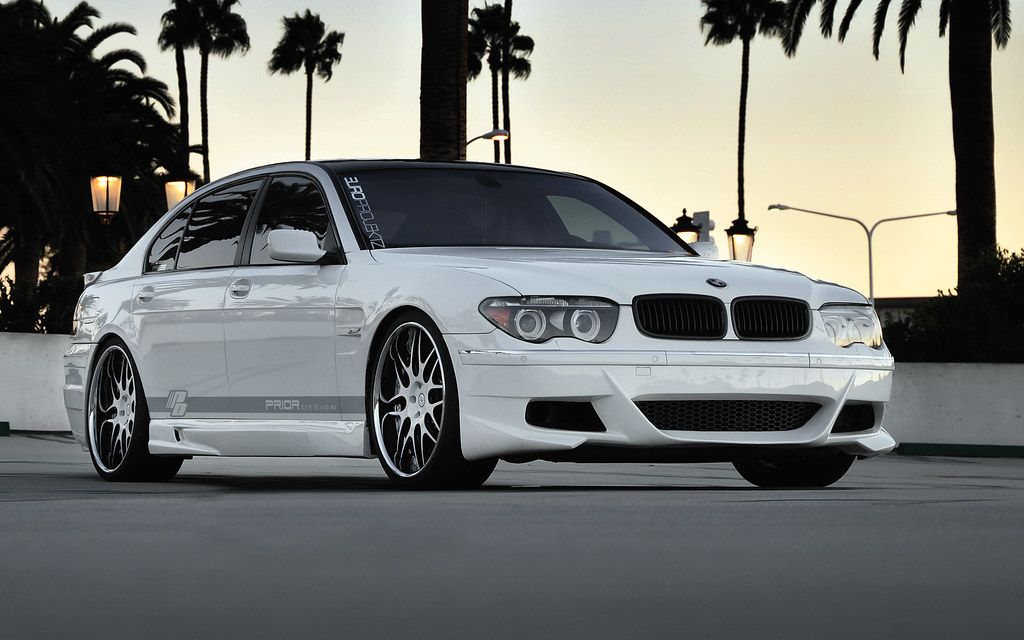
10. **BMW 7 Series**
The BMW 7 Series represents the epitome of luxury and advanced automotive technology, promising an executive driving experience filled with comfort and innovation. However, this sophisticated blend of luxury and complexity goes hand in hand with maintenance becoming a notably costly affair for owners over time. The array of cutting-edge features, while enhancing the driving experience, introduces numerous potential points of expensive repair.
Advanced technological systems, such as the air suspension system, are often hailed for providing an exceptionally smooth and adaptive ride. Yet, should issues arise with this intricate system, owners can anticipate expensive repairs due to the specialized parts and expertise required for diagnosis and rectification. These are not common repairs but significant financial outlays when they occur.
Even routine maintenance tasks, including oil changes and brake replacements, can easily sum up to thousands of dollars annually, far surpassing the costs associated with more conventional vehicles. The inherent complexity of the 7 Series means that what might seem like minor repairs in other cars can quickly escalate into significant expenses in a BMW. This underscores the reality that owning a 7 Series is a commitment to continuous, substantial investment in its upkeep.
Car Model Information: 2025 Hyundai PALISADE Calligraphy Night Edition
Name: BMW 7 Series
Caption: BMW 7 Series (G11)
Manufacturer: BMW
Production: 1977–present
Class: Full-size car,luxury car
BodyStyle: sedan (car)
Predecessor: BMW New Six
Categories: All articles with dead external links, Articles with dead external links from July 2021, Articles with short description, BMW vehicle series, CS1 Chinese-language sources (zh)
Summary: The BMW 7 Series is a full-size luxury sedan manufactured and marketed by the German automaker BMW since 1977. It is the successor to the BMW E3 “New Six” sedan and is now in its seventh generation.
The 7 Series is BMW’s flagship car and is only available in a sedan bodystyle (including long wheelbase and limousine models). It traditionally introduces technologies and exterior design themes before other models in BMW’s lineup.
The first generation of the 7 Series was powered by straight-6 petrol engines, and following generations have been powered by inline-4, straight-6, V8 and V12 engines with both natural aspiration and turbocharging. Since 1995, diesel engines have been optional in the 7 Series.
Unlike the BMW 3 Series and BMW 5 Series sedans, BMW does not offer a full M model, but once offered an M performance variant, the BMW M760 with its 6.6L V12 (at the time the most powerful BMW ever made, not to be confused with BMW 760 6.6 V12 which does not offer the same performance). The Alpina B7 served as the high-performance variant of the 7 Series.
Get more information about: BMW 7 Series
Buying a high-performing used car >>>
Brand: BMW Model: 7 Series
Price: $48,755 Mileage: 4,184 mi.
Read more about: Maintenance Money Pit Alert: Unpacking the Real Costs of Car Ownership – Sedans That Will (and Won’t) Drain Your Savings
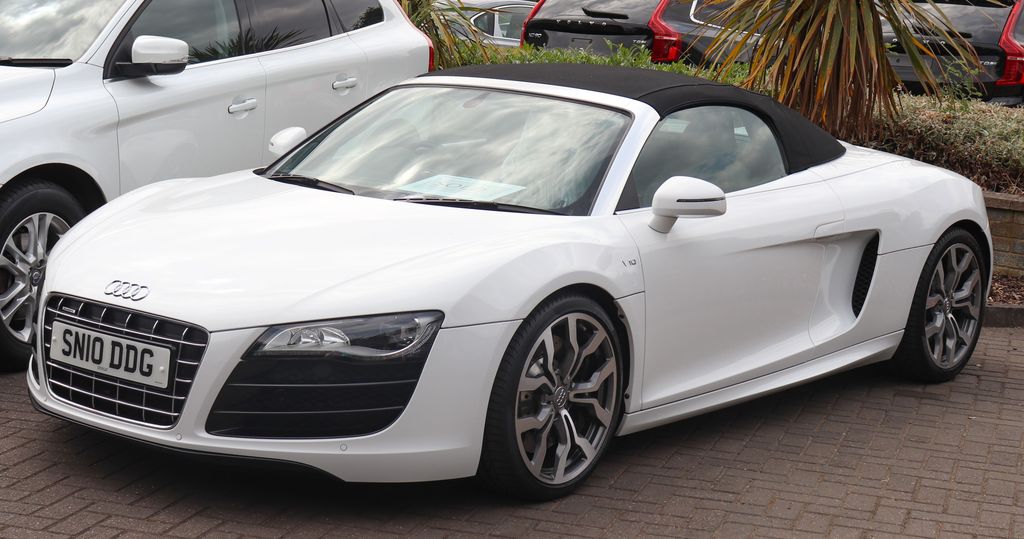
11. **Audi R8**
As a true supercar, the Audi R8 is celebrated for its breathtaking performance and striking design, making it a dream for enthusiasts. However, maintaining an Audi R8 requires a significant financial outlay, perfectly befitting its high-performance status. The specialized engineering and exotic components that make the R8 so exceptional are precisely what drive up its operational costs.
Simple and seemingly basic tasks, such as routine oil changes, can cost owners up to $1,500, a figure that dwarfs the expense for conventional vehicles. When it comes to more substantial components, replacing the brakes can set an owner back over $5,000, underscoring the premium placed on high-performance stopping power and specialized materials.
The R8’s formidable V10 engine and sophisticated all-wheel-drive system are precision-engineered marvels, demanding specialized care that only a select few service centers can competently provide. Additionally, the car’s high-performance tires, essential for harnessing its immense power, have a comparatively shorter lifespan. This necessitates frequent and expensive replacements, ensuring that every mile driven contributes to the ongoing financial commitment required to keep this supercar in peak condition.
Car Model Information: 2018 Audi R8 5.2 V10
Caption: Audi R8 V10 Plus (Type 4S)
Manufacturer: Audi
Production: June 2006 – March 2024,(45,949 Units)
Class: Sports car
BodyStyle: coupé
Layout: Longitudinal engine,Mid-engine design,rear-wheel-drive
Sp: uk
ModelYears: 2007–2024
Categories: 2010s cars, 2020s cars, All articles with unsourced statements, Articles with short description, Articles with unsourced statements from March 2019
Summary: The Audi R8 is a mid-engine, 2-seater sports car, which uses Audi’s trademark quattro permanent all-wheel drive system. It was introduced by the German car manufacturer Audi AG in 2006. Production ended in the first quarter of 2024.
The car is exclusively designed, developed, and manufactured by Audi AG’s private subsidiary company manufacturing high performance automotive parts, Audi Sport GmbH (formerly quattro GmbH), and was inspired by the Lamborghini Gallardo albeit the second generation is built using the Huracán platform. The fundamental construction of the R8 is based on the Audi Space Frame, and uses an aluminium monocoque which is built using space frame principles. The car is built by Audi Sport GmbH in a newly renovated factory at Audi’s ‘aluminium site’ at Neckarsulm in Germany. At the time it was introduced in 2006, the R8 became the first production car with full-LED headlamps.
Get more information about: Audi R8
Buying a high-performing used car >>>
Brand: Audi Model: R8
Price: $134,995 Mileage: 16,702 mi.
Read more about: Inside Eddie Van Halen’s Dream Garage: 15 Iconic Cars Owned by the Rock Legend
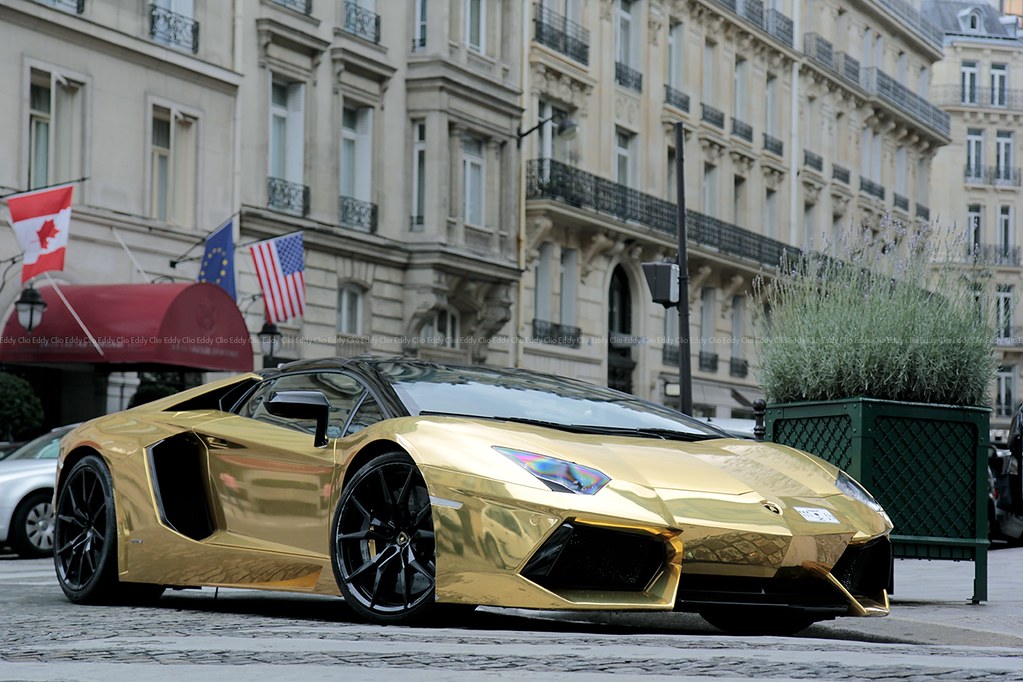
12. **Lamborghini Aventador**
The Lamborghini Aventador stands as the quintessential representation of supercar extravagance, an automotive icon renowned for its dramatic styling, thunderous V12 engine, and blistering performance. Yet, the thrill of owning such a machine inevitably comes with hefty maintenance costs, making keeping it running smoothly an equally dramatic financial undertaking.
Routine services, which are absolutely crucial for the intricate 6.5-liter V12 engine to perform optimally, can easily exceed $3,000 per visit. These services involve specialized diagnostics, high-grade fluids, and meticulous adjustments, reflecting the precision engineering of the vehicle. It’s a testament to the commitment required to maintain a car engineered to such extreme specifications.
High-performance features, such as the carbon-ceramic brakes, are critical for the Aventador’s astonishing stopping power but are also incredibly costly to replace, often running over $10,000. The car’s exotic materials and complex, bespoke systems further necessitate the expertise of specialized technicians, who command premium rates for their unique skills. Consequently, every repair, whether major or minor, quickly becomes a significant expense, ensuring the Aventador remains a continuous and substantial financial commitment.
Car Model Information: 2016 Lamborghini Aventador LP750-4 Superveloce
Name: Lamborghini Aventador
Caption: Lamborghini Aventador Ultimae Roadster
Manufacturer: Lamborghini
Production: February 2011 – September 2022
Assembly: Sant’Agata Bolognese
Designer: unbulleted list
Class: Sports car
BodyStyle: unbulleted list
Related: unbulleted list
Layout: Mid-engine, four-wheel drive layout
Engine: Lamborghini V12#Second Generation,V12 engine
Powerout: unbulleted list
Abbr: on
Order: flip SVJ LP 770-4 (with fluids, US)
Round: 5 (Aventador Ultimae)
Transmission: Graziano Trasmissioni
Wheelbase: 2700 mm
Length: 4780 mm
Width: 2030 mm
Height: 1136 mm
Weight: unbulleted list
Predecessor: Lamborghini Murciélago
Successor: Lamborghini Revuelto
ModelYears: 2012–2022
Doors: Scissor doors
Categories: 2020s cars, All Wikipedia articles written in British English, All articles with a promotional tone, All articles with unsourced statements, Articles with a promotional tone from January 2023
Summary: The Lamborghini Aventador (Spanish pronunciation: [aβentaˈðoɾ]) is a mid-engine, two-seater sports car manufactured and marketed by Lamborghini from 2011 until 2022. Named after a prominent Spanish fighting bull that fought in Zaragoza, Aragón, in 1993, the Aventador succeeded the Murciélago and was manufactured in Sant’Agata Bolognese, Italy.
Get more information about: Lamborghini Aventador
Buying a high-performing used car >>>
Brand: Lamborghini Model: Aventador
Price: $549,995 Mileage: 27,609 mi.
Read more about: Remember the ’00s? These 13 V10 Engines Were the Absolute Rulers of Sound and the Motorsport Circuit.
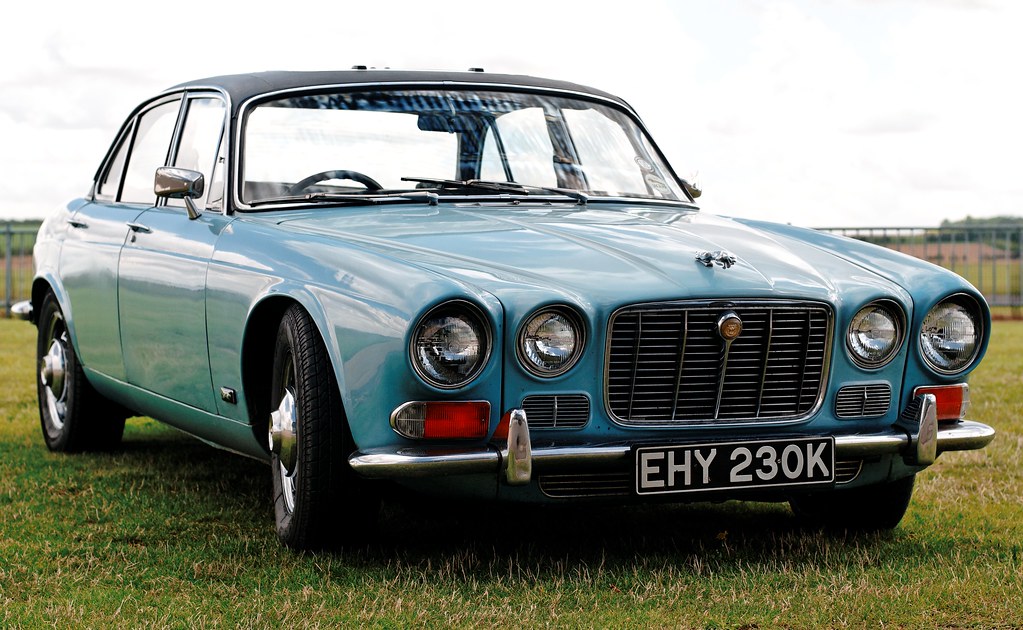
13. **Jaguar XJ**
The Jaguar XJ, a luxury sedan, exudes an undeniable aura of elegance and sophistication, delivering a refined driving experience synonymous with the British marque. However, this distinguished presence comes with a maintenance price tag that distinctly reflects its luxury status, often surprising owners unprepared for the ongoing financial demands.
The car’s sophisticated suspension system and high-performance engine are key to its smooth ride and dynamic capabilities. These intricate components require regular and specialized care, which can quickly become a significant expense over time. The precision engineering demands expert attention to ensure continued optimal performance.
Brake replacements, a necessary maintenance item for this powerful vehicle, often cost around $4,000. This elevated cost is due to the specific design and high-quality materials required for Jaguar’s braking systems. Moreover, the XJ’s complex electronics, which control a multitude of its luxury features and performance parameters, are regrettably prone to issues. When these systems malfunction, the resulting repairs can add up fast, demanding specialized diagnostic tools and technicians. The Jaguar XJ is truly a sedan that demands attention both on the road and in the service shop, requiring a dedicated budget for its upkeep.
Car Model Information: 2007 Jaguar XJ XJ8
Name: Jaguar XJ
Caption: 2015 Jaguar XJR (X351)
Manufacturer: Jaguar Cars
Production: 1968–2019
Class: Full-size,luxury car
Layout: Front-engine, rear-wheel-drive
Categories: 1970s cars, 1980s cars, 1990s cars, 2000s cars, 2010s cars
Summary: The Jaguar XJ is a series of mid-size/full-size luxury cars produced by British automobile manufacturer Jaguar Cars (becoming Jaguar Land Rover in 2013) from 1968 to 2019. It was produced across four basic platform generations (debuting in 1968, 1986, 2003, and 2009) with various updated derivatives of each. From 1970, it was Jaguar’s flagship four-door model. The original model was the last Jaguar saloon to have been designed under the leadership of Sir William Lyons, the company’s founder, and the model has been featured in a myriad of media and high-profile appearances.
Get more information about: Jaguar XJ
Buying a high-performing used car >>>
Brand: Jaguar Model: XJ
Price: $12,645 Mileage: 67,968 mi.
Read more about: Instant Disappointment: 10 Sports Cars That Failed to Live Up to the Hype Off the Assembly Line.
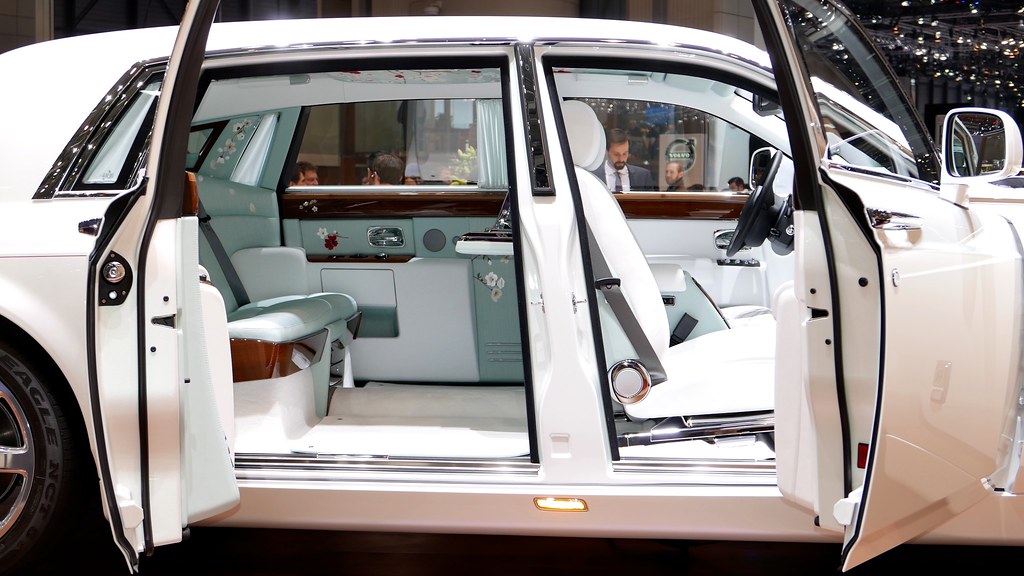
14. **Rolls-Royce Phantom**
Owning a Rolls-Royce Phantom is not merely about possessing a car; it is an investment that distinctly matches its opulent status, a statement of unparalleled luxury and engineering. This ethos extends profoundly into its maintenance, where even routine tasks transcend ordinary automotive expenses, reflecting the bespoke nature of the vehicle.
Even routine maintenance tasks, such as a basic oil change, can comfortably exceed $1,000. This figure highlights the specialized lubricants, filters, and the meticulous process required to service a car of this caliber. The bespoke nature of the Phantom means that many parts are custom-made exclusively for the vehicle, often sourced from a highly exclusive supply chain.
This exclusivity not only drives up the cost of the parts themselves but also adds to the complexity and expense of repairs. Furthermore, the advanced features, such as the intricate air suspension system and the luxurious interior systems, require highly specialized attention. Such specialized care further inflates maintenance costs, ensuring that the Rolls-Royce Phantom exemplifies luxury in every detail, including its uncompromising upkeep.
Read more about: Beyond the Hype: Unpacking 15 Infamous Rides That Earned a ‘Jerk Car’ Reputation Among Enthusiasts
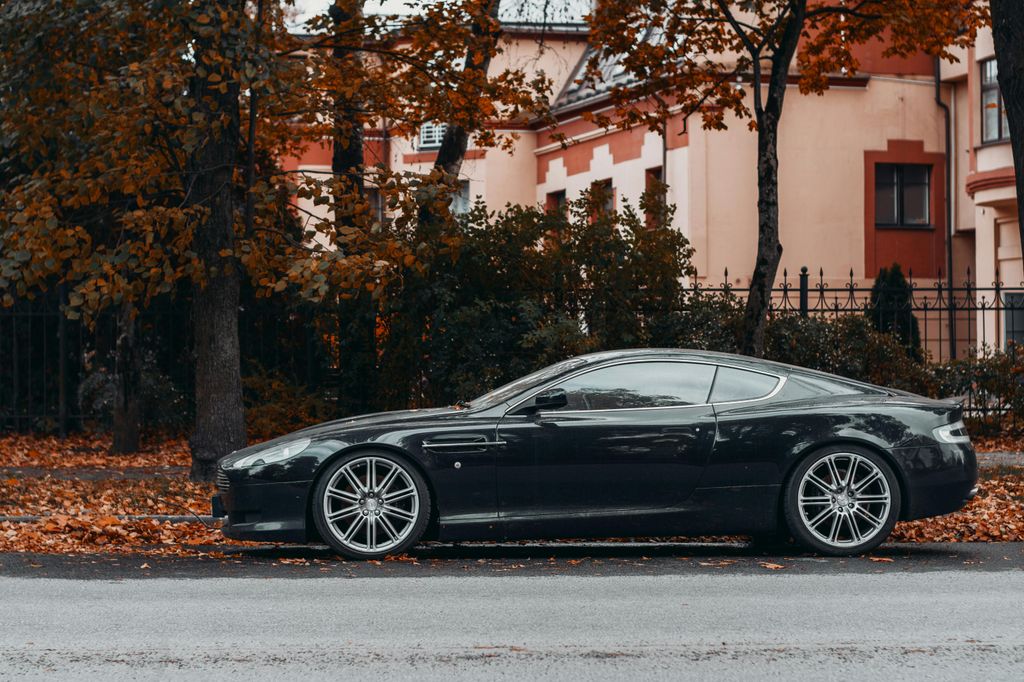
15. **Aston Martin DB9**
The Aston Martin DB9 is an unmistakable icon of British automotive design, celebrated for its exquisite craftsmanship, powerful performance, and timeless elegance. Yet, while its aesthetics and driving dynamics are truly impressive, its maintenance costs are equally substantial, demanding a significant financial commitment from its owners.
Regular services, including essential tasks like oil changes and brake replacements, frequently run into thousands of dollars. The DB9’s V12 engine, a marvel of engineering that delivers its characteristic power and refinement, requires meticulous and specialized care to prevent potentially costly repairs. Any issues with this complex powertrain can quickly become a major financial concern.
Due to the vehicle’s exotic materials and the handcrafted elements that define its construction, any necessary repair must be handled exclusively by specialized technicians. These experts possess the unique knowledge and skills required for Aston Martin vehicles, commanding premium rates for their services. This contributes significantly to the overall cost of ownership. The Aston Martin DB9 offers an exhilarating and luxurious experience, but it undeniably requires a dedicated budget to sustain that thrill over time.
Car Model Information: 2025 Hyundai PALISADE Calligraphy Night Edition
Caption: 2005 Aston Martin DB9
Alt: A light silver pre-facelift DB9.
Name: Aston Martin DB9
Manufacturer: Aston Martin
ModelCode: AM802
Production: January 2004 – July 2016
Successor: Aston Martin DB11
Predecessor: Aston Martin DB7
Platform: Aston Martin VH platform
Layout: Front mid-engine, rear-wheel-drive
Class: Grand tourer
Doors: Swan doors
BodyStyle: unbulleted list
Engine: Aston Martin V12 engine
Transmission: unbulleted list
Wheelbase: Convert
Length: Convert
Width: Convert
Height: Convert
Weight: Convert
Designer: Unbulleted list
Related: Unbulleted list
Sp: uk
Assembly: Gaydon, Warwickshire
Categories: 2010s cars, All Wikipedia articles written in British English, Articles with hAudio microformats, Articles with short description, Aston Martin vehicles
Summary: The Aston Martin DB9 is a two-door grand tourer car that was produced by the British carmaker Aston Martin in Gaydon, Warwickshire. It was manufactured both as a coupé starting in 2004 and a convertible known as the Volante from 2005, until their discontinuation in 2016.
Succeeding the DB7, which Aston Martin produced from 1994 until 2004, the DB9 was designed by Ian Callum and Henrik Fisker and debuted at the Frankfurt Motor Show in 2003, while the Volante debuted at the Detroit Auto Show in the subsequent year. The DB9, which is built upon Aston Martin’s vertical/horizontal platform, employs extensive use lightweight materials—including aluminium and composite materials—throughout the body. Over its production, Aston Martin implemented a series of updates to the car; the first two—which occurred in 2008 and 2010—involved minor changes to elements like the headlights, tail-lights, engine and interior. The third and final update occurred in 2012, when Aston Martin completely restyled the front fascia; its largely redesigned headlights gave the DB9 a design reminiscent of the 2011–2012 Virage.
The company’s racing division, Aston Martin Racing, adapted the DB9 for sports car racing in the form of the DBR9 and the DBRS9 for the FIA GT1 and the FIA GT3, respectively. They were extensively modified; the interior features were removed and the aluminium body panels were replaced by carbon fibre panels. The engine was modified in both cars to produce more horsepower and torque. Aston Martin released three special editions of the DB9: the DB9 LM, the DB9 Zagato Spyder Centennial and the DB9 GT. The car was well-received by critics, with one reviewer describing its interior as “one of the best known to man”, but faced criticism for its handling and limited cargo space.
Get more information about: Aston Martin DB9
Buying a high-performing used car >>>
Brand: Aston Martin Model: DB9
Price: $48,755 Mileage: 4,184 mi.
Read more about: The Golden Age of Automotive Glamour: Remembering the Art Deco Queens of the 1930s and 40s Automobile Show
While the allure of luxury and high-performance vehicles is undeniable, their purchase is merely the opening chapter of a much larger financial narrative. As we’ve seen with these 15 models, the commitment extends far beyond the initial price tag, encompassing a continuous stream of maintenance, repairs, and specialized services. From custom-engineered components to advanced electronic systems, these vehicles demand a deep understanding of their long-term costs. For the discerning consumer, a thorough assessment of these potential “money pits” is not just advisable; it’s essential for making an informed decision that safeguards your financial well-being and ensures your dream car doesn’t turn into a recurring nightmare at the repair shop.”

